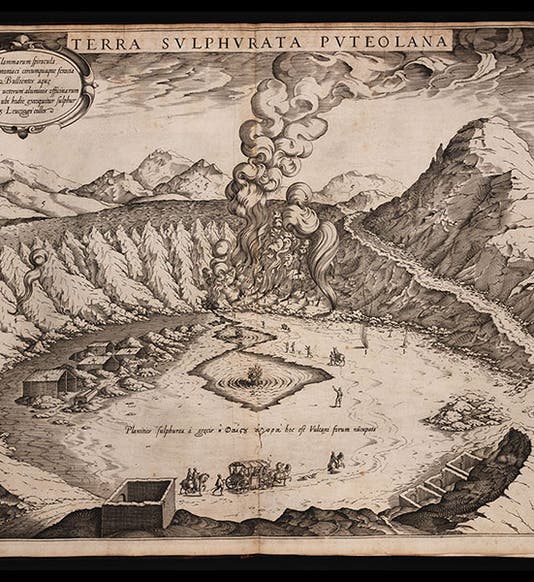Scientist of the Day - Michele Mercati
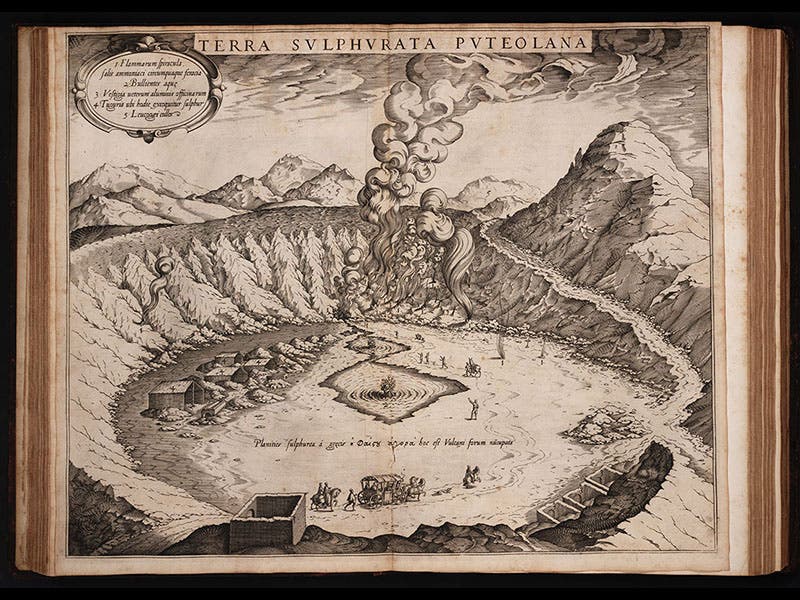

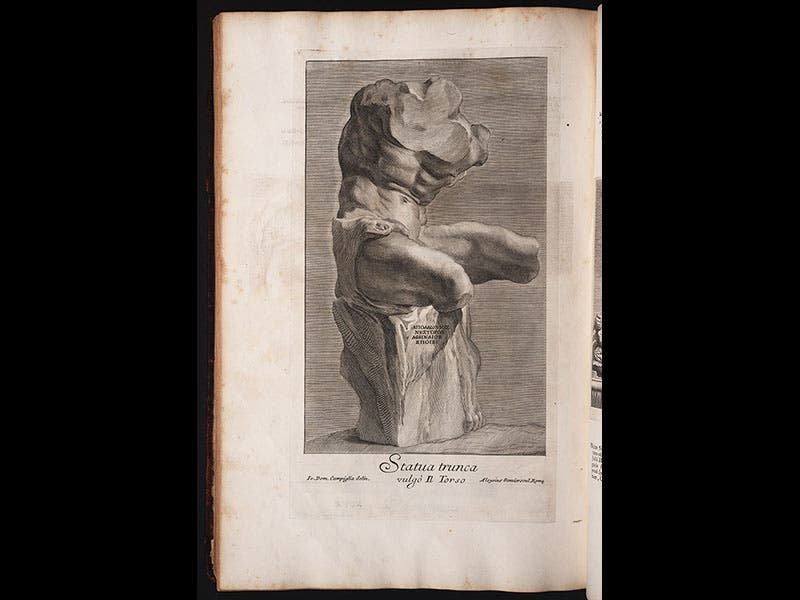
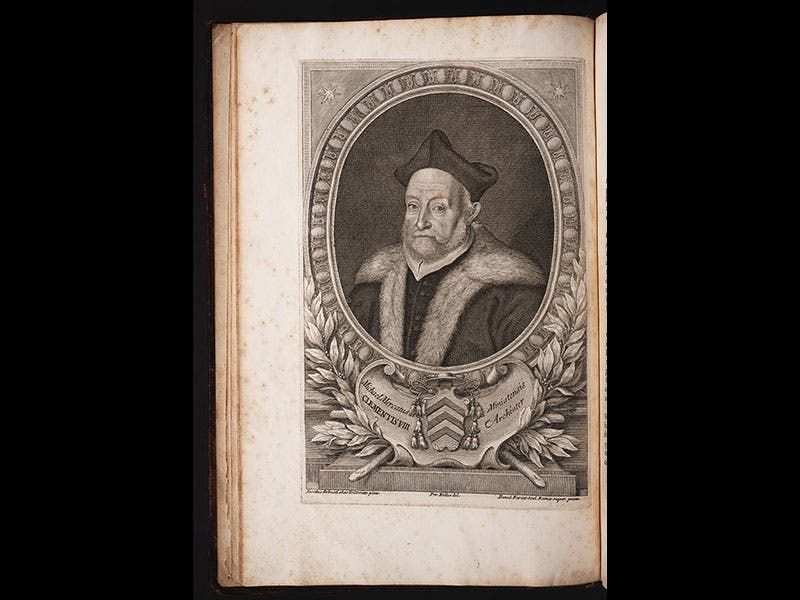
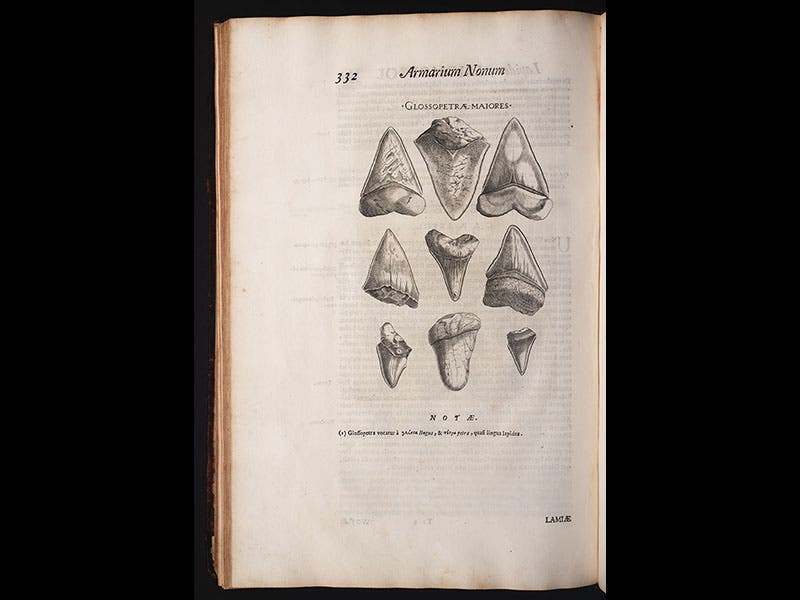
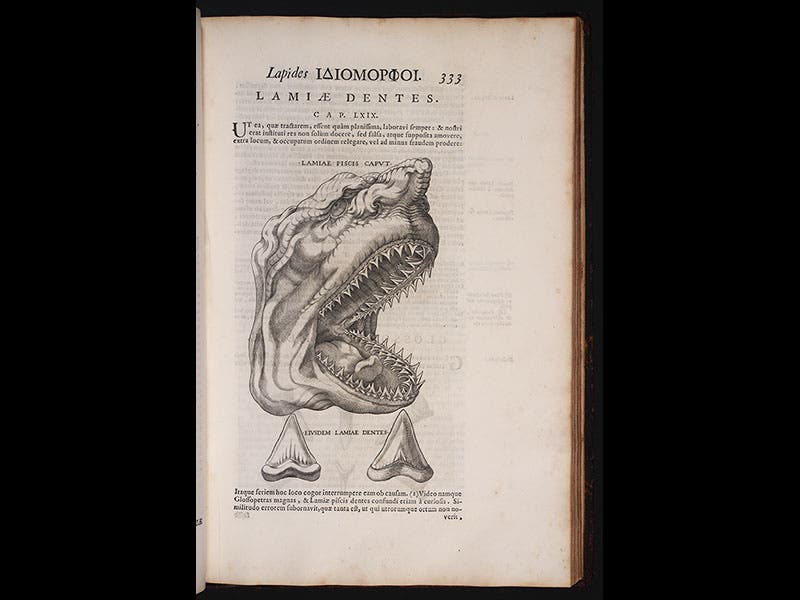
Michele Mercati, an Italian physician, was born Apr. 13, 1541. Mercati was the director of the Vatican botanical garden for four successive popes. But he is best known for his establishment in the Vatican of the "Metallotheca," a large mineralogical collection. Mercati collected not only minerals, gems, and fossils, but also human-made artifacts, such as carved jade knives from Mayan Mexico, which makes him one of the fathers of archaeology. He wrote an extensive account of his collections, and commissioned copper plates to illustrate his narrative, but for some unknown reason, the work was not published in his lifetime. Fortunately for posterity, the manuscript and plates were discovered 120 years later in the Vatican library, and the book was finally printed in 1717, entitled Metallotheca. It is a gorgeous publication, with large and beautiful engravings, and we are fortunate to have two copies in the History of Science Collection.
The images selected for today include a view of the Phlegraean Fields near Naples (first image); a demonstration of the smelting of sulphur (second image); an engraving of the Belvedere torso, a famous piece of ancient sculpture in the Vatican collections (third image); and the frontispiece portrait of Mercati (fourth image). The next two images, of tonguestones, and a shark’s head, may look familiar, since Nicolas Steno used them in his 1667 treatise in which he argued that tonguestones were once shark’s teeth (see the Scientist of the Day for Nov. 25, 2015. But in fact the images originated with Mercati, 90 years earlier, and Steno just borrowed the plates to suit his purposes, and then fortunately returned them.
We displayed Mercati’s engraving of the Phlegraean Fields in our 2004 exhibition, Vulcan’s Forge and Fingal’s Cave.
Dr. William B. Ashworth, Jr., Consultant for the History of Science, Linda Hall Library and Associate Professor, Department of History, University of Missouri-Kansas City. Comments or corrections are welcome; please direct to ashworthw@umkc.edu.

